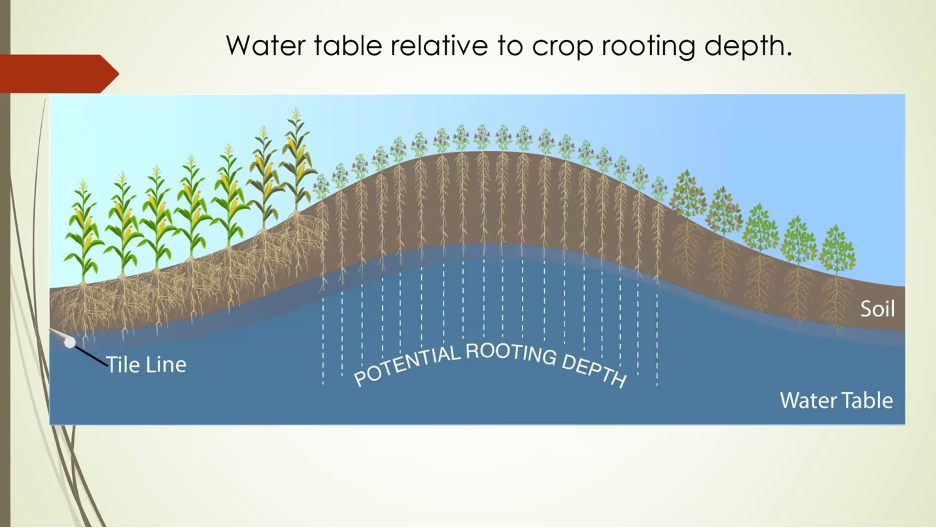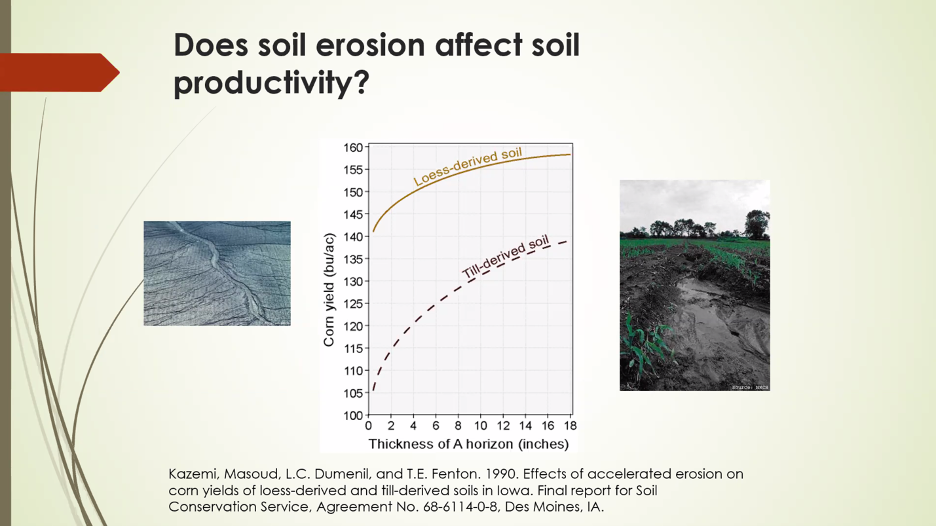
With climate change becoming an ever-increasing topic of discussion, it is important to begin thinking about the actions that can help us maintain productivity, stability, and sustainability. In our most recent webinar, Dr. Rick Cruse, professor of agronomy and director of the Iowa Water Center at Iowa State, discusses Soil Conservation and Water Management – The Keys to Improving Climate Resilience.

Agriculturalists have put great effort into growing crops in all kinds of conditions, whether it be infertile soils, too much water, or not enough water. Looking at yield maps across a field, it is easy to see not all areas are ideal for crop growth. Dr. Cruse notes that these low producing areas often align with highly eroded parts of the field. With less topsoil leading to reduced yield, it is essential to begin looking at how we can protect topsoil in these areas for the future.

With a changing climate, it is also important to consider the changes in water availability to crops. In addition to rainfall, underground water plays a key role in crop production. Shallower water tables have the ability to help feed crops as they grow. As noted by Dr. Cruse, the water table depth correlates with the topography of the land. Knowing where the water table is in a field can help us better align what is grown with water availability. Learn more about improving climate resilience by watching this week’s full webinar. Also, tune in next week as we hear from Lindsey Pease on Tile Drainage with Only 20 Inches of Rain, and check out our archives for past webinars.